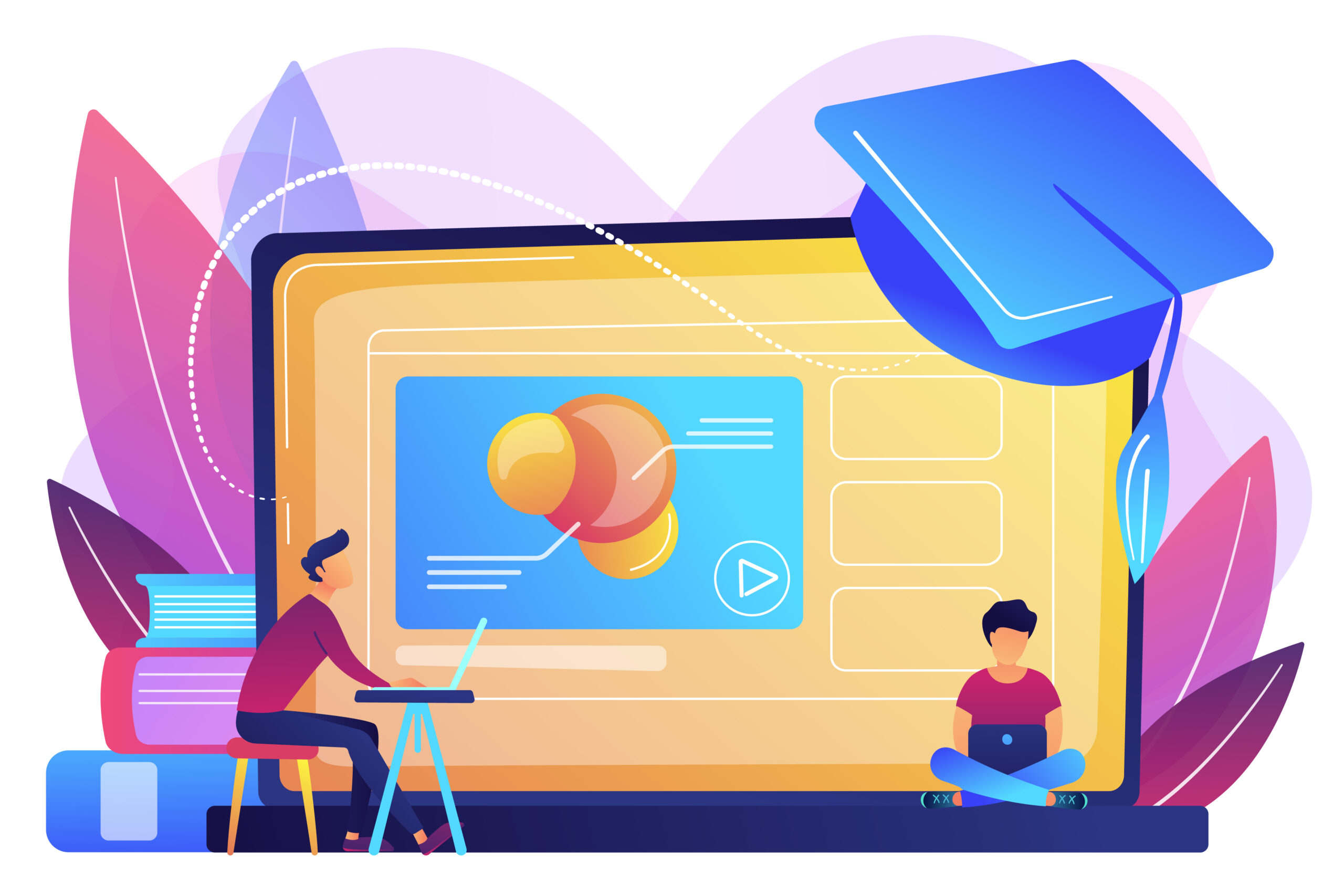
EdTech is a fierce battleground. You face pressure from all sides: marketing wants to lower customer costs, training needs to onboard staff quickly, and compliance demands loom large. Excel and Google Drive no longer cut it – you know you need a CRM.
But for a CTO, this is the decision that can shape your company’s future. Many EdTech leaders we work with start with a limited focus:
- “I need a basic CRM now, and I’ll worry about the rest later.”
- “Those fancy features are too expensive; I’ll get something to start with.”
This guide aims to make you reconsider that approach.
The CRM Features You Absolutely Need (and Why Basic Isn’t Enough)
We talked about the pressure cooker environment of EdTech. When you need technology that solves problems, and you need it now, you are tempted to ignore the fine print (and that’s a big mistake).
Any good CRM will provide the following capabilities:
- Lead management: A central hub for all your potential customer interactions.
- Omnichannel communication: The ability to interact with leads and customers across different channels – email, phone, social media, live chat – all within the same platform.
- A great customer experience: A CRM helps personalize the student journey. Imagine remembering a lead’s previous conversation or interests. You can tailor your communication and offers. This makes them feel valued and more likely to convert.
- Customer data management (360-degree view): The platform brings everything together – lead details, course preferences, and past interactions. This gives everyone in your team a complete picture of each student.
- Lead-to-Deal Tracking: Trace the path a lead takes to becoming a paying student.
- Automation for Boosted Productivity: Free yourself from repetitive tasks. Automate emails, send follow-ups, or schedule reminders – all based on predefined rules.
But here’s the catch: These features are just the table stakes. A basic CRM will tick these boxes, but is that enough?
Think about this. Today, your company has 20 employees. The CEO or CMO can train new hires personally. However, in six months, you plan to grow to 50 employees. In nine months, you’ll reach 100 employees and secure funding. At that point, an investor may demand 10x growth within a year. The CMO can no longer handle training alone, so you’ll need to hire dedicated trainers. Then you realize: it’s not the same without you unless you have the CRM that can do the heavy lifting, and leave the employees to connect the dots. If you don’t have the right CRM, processes will break down, and your progress will wither away.
So, it’s clear: the digital solution you need today has to support the organization you aim to become in 12 months (or even 5 years). Beyond the core CRM features, you’ll require:
- Highly-assisted process management: Technology should guide who does what and when, and reduce reliance on manual management.
- Seamless onboarding: New hires should find the platform easy and exciting to use. That’s how you drive rapid productivity gains and high performance.
- No more information silos: Data should flow seamlessly across departments and functions.
- Gamified sales engagements: Integrate gamification elements within the same platform to motivate and engage your sales team.
- Learning and growth: Align employee efforts with organizational goals and support continuous learning and development.
- Top-down planning and execution: Facilitate target setting, performance reviews, and progress tracking against objectives.
- Single Sign-On (SSO): Enable secure and convenient access to multiple applications with a single set of credentials.
While these advanced features may seem like “nice-to-haves” today, they will become essential for survival and growth in the near future. The difference lies in adopting a marathon mindset instead of a 100-meter sprint mentality. And for those EdTech companies aiming for the podium in the marathon, today is the best time to get a CRM that can do even more.
They should demand an even more advanced CRM solution that:
- Ignites the developer mindset in every employee, not just the tech team.
- Allows you to think and execute digitally, without constraints of time or cost.
- Enables hyper-automation and hyper-agility, which means you should be able to use emerging technologies like generative AI without breaking the bank.
- Enables you to fail fast, iterate rapidly, and achieve success through continuous improvement.
The bottom line is that the CRM you choose today should not only meet your current needs but also position your EdTech company for sustained growth and future readiness. Can you have it easily, without spending a fortune?

Low-Code: The Power Behind Game-changing CRMs for EdTech
You might have concerns about the speed, cost, and technical expertise needed to implement a truly powerful, scalable CRM. That’s where Low-Code technology comes in.
What is Low-Code?
It means building software using visual interfaces and drag-and-drop elements, instead of writing complex lines of traditional code. Think of it like building with LEGO blocks instead of handcrafting every brick.
Why is Low-Code ideal for EdTech?
- Speed: Low-code development can be up to 10x faster than traditional coding, letting you get your CRM up and running sooner.
- Cost-Effectiveness: Reduce reliance on expensive developers, lowering costs.
- Agility: Easily modify workflows and features as your EdTech business evolves.
Important Note: Not all Low-Code platforms are the same. You need a true Low-Code solution that simplifies rather than complicates. This means avoiding platforms that are merely customizable high-code systems under a Low-Code guise, which often come with a steep learning curve and high management overhead.
Ask your vendor these key questions:
- Does your Low-Code platform have the depth to handle my complex enterprise?
- Will your platform create skill roadblocks or enable citizen developers?
- Can your platform strike the balance between speed and customization?
At Amoga, we can humbly and assuredly answer all these questions with a resounding ‘YES’.
With its true Low-Code approach, Amoga offers EdTech companies a swift, cost-effective, and inclusive way to adopt CRM solutions that scale with growth.
How? Let’s explain.
Getting Started with Amoga’s Low-Code CRM Solution
With Amoga’s Low-Code CRM platform, you can start transforming your EdTech business today. The process is straightforward.
First, think about what matters most to your business. Do you need better ways to manage leads? Do you want to talk to customers across different channels easily? Or do you need a clear view of your customer data? With Amoga, you pick what you need first and get going quickly. A key advantage of Amoga is that you don’t necessarily need a strong IT team from the outset.
Amoga is so user-friendly that individuals without extensive coding expertise can also use it to build the apps they need. You can configure Amoga to build your ready-to-use CRM with ease. This is quicker than even buying a CRM off the shelf and customising it to your needs Then, when the basics are in place, you find your CRM is ready for phase 2, where you can think like a true digital-first organization. In this phase, you will find that Amoga will let you add new features to your CRM at 10x the speed. This, with a 75% reduction in costs.
That’s what all our EdTech clients love: 10 times faster development speed at a quarter of the cost compared to traditional approaches. Don’t let outdated technology or limited resources hold you back. There’s no reason for that anymore – high cost, slow speed, too much complexity – nothing.
Choosing Amoga means you’re choosing a partner who knows the ins and outs of the education technology world. Book a consultation with our experts today to explore how we can help you achieve your digital transformation goals and drive sustainable growth in the dynamic EdTech landscape.


